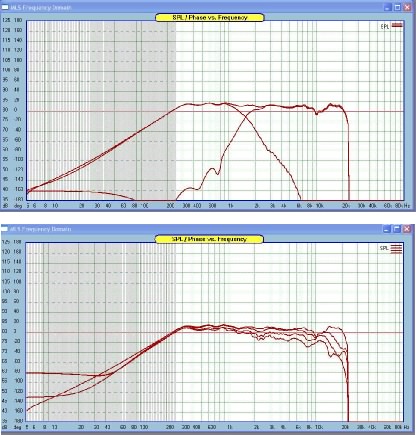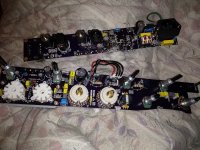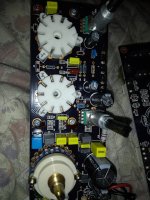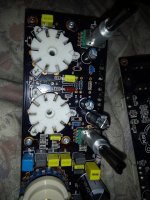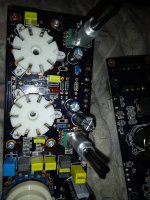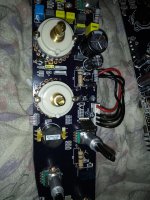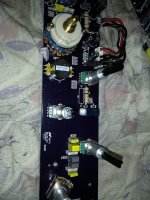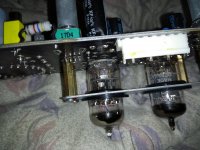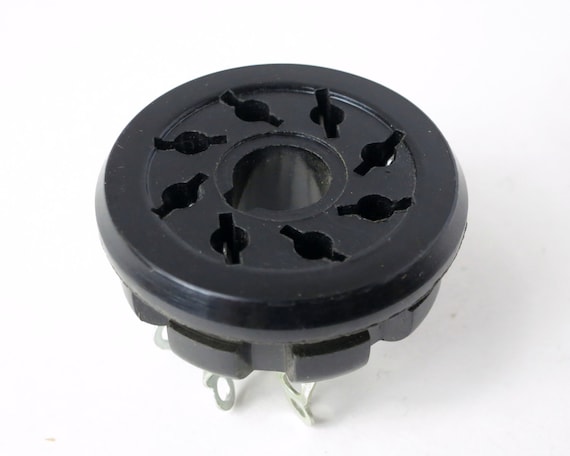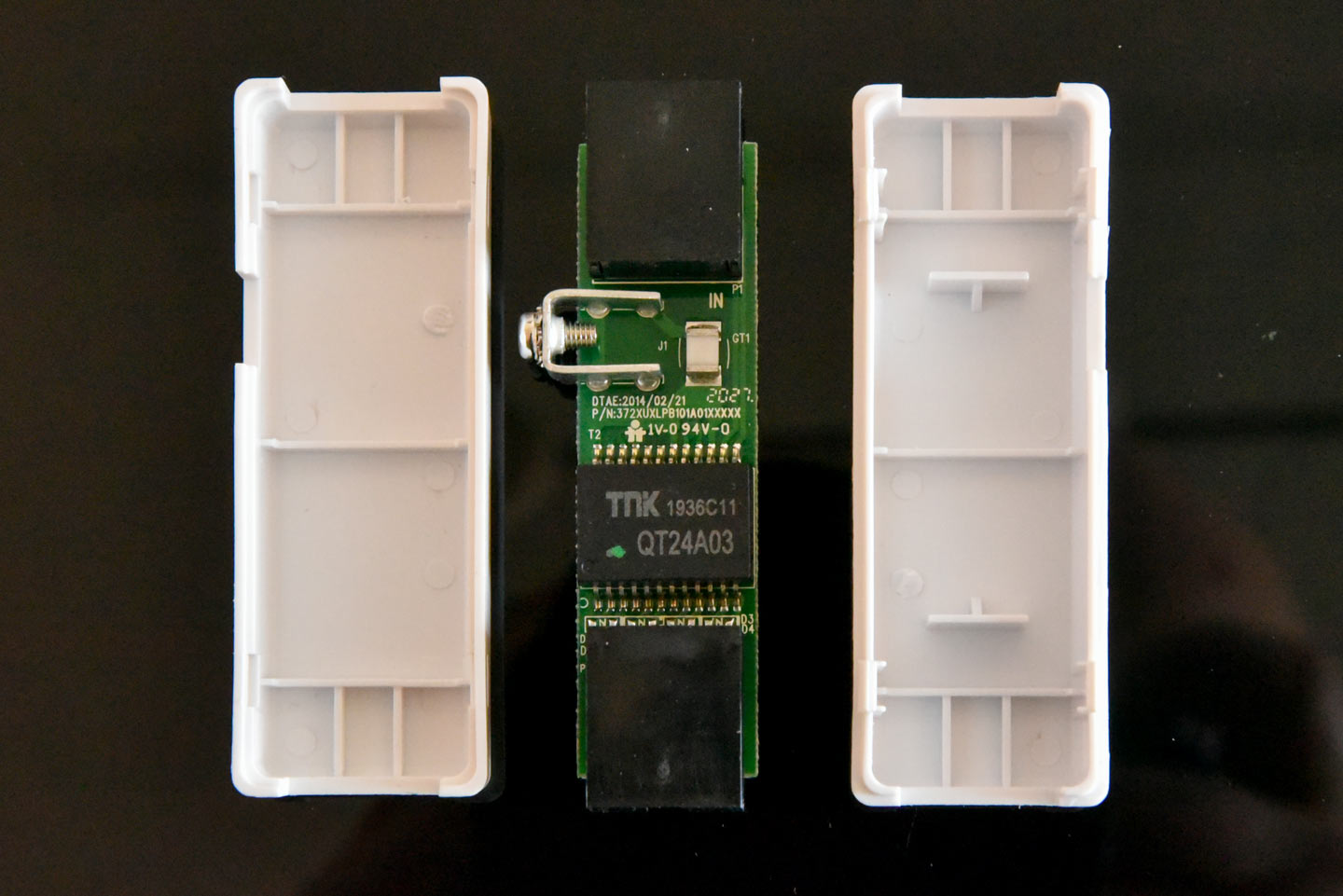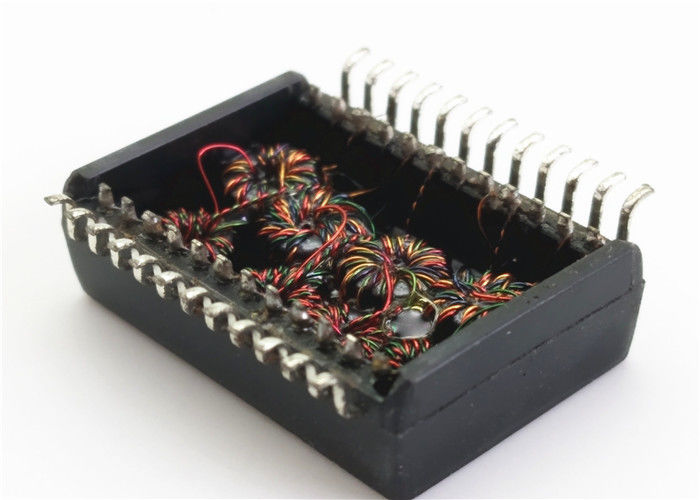just aquired these old RTi12's.
In their place have been many varieties of speakers.
the rti12's sounded like they had remarkably bad imaging. from reading user comments these speakers should have decent imaging.
So i've taken some measurements. note am new to this so forgive errors / misunderstandings.
firstly had measured resistance at various points; the left speaker / side seemed to sound better. all seemed normal, variance between speakers at terminals is 0.2ohm iirc; variance between 7" drivers is 0.1 ohm. and no variance with mid/tweeter section of crossover (didn't measure that sections speakers individually)
from there measured with oscilloscope at various points and inputs.
first just to show "baseline" measures; again am new to this.
Pre-Amp with 1000hz input - both channels (Why is positive swing so much lower?)
Amp with 1000hz input - both channels (positive / negative differential not as big, which seems odd to me, given this is the amplified part lol, went back to verify not a connectivity issue and was not whats more both signals show this difference)
and finally Amp with zero input and both channels; note I had "zeroed" the charting with the leads not attached to anything. so this is a measure from that basis. and it sits in the negative side. perhaps that is measuring a DC voltage; subsequent-sorry am new to this and this is a "new perspective" to reading DC voltage for me. seeing electricity in graph over time..i.e thought a bit and realized just now lol can that be adjusted out? I only know of transistor bias adjustment. is there DC adjustment?
That said, imaged below is zero input measured at connection to midrange speaker; which shows balanced leads / zero voltage.
Anyways with that context for the crossover measurements....
The mids I think is the primary issue, below are most remarkable frequencies measured
Mid - 500hz
Compared to 700hz imaged below. The db difference is consistent at this freq. Which component of the cross over would most likely cause this?
Next is Mids - 1000hz (Subsequent - I just noticed left channel positive peaks higher than right, and vice-versa for the negative side. THAT must be the issue am hearing; left side piston stroke is more power and is reversed on right side...that would really mess with the directionality of the sound i figure? any ideas?)
Tweeters
had to change the oscilloscope timing for these frequencies
Tweeters - 2500hz for fun. is the crossover only cutting one side of the circuit, is that what am seeing?
And the amplitude gets crazy from 7500hz and up
5000hz
7500hz
and than 12500; no change in volume setting...
So with just the above, I don't think there is a timing issue. But certainly a crossover issue; and presumably given the age of these speakers and that there is apparently an electrolytic cap within, they're well overdue for a refresh and that will likely get the speakers back inline with each other.
I'd attribute me thinking phase issue at first because of how I didn't really notice much volume difference with up close listing comparatives. but suppose adding in room acoustics, slightly different amplitude, listened to at a normal distance could perhaps impacts sound like that.
Does that all seem reasonable? the difference in measurements between channels is likely due to the crossover. I did measure the drivers and crossover section for ohms and all seemed fine to me. variance of 0.1ohm on the 7"drivers; presume is non-issue. both side had that variance. and at speaker terminals the speakers are within 0.2 ohm iirc. only mean to compare the two speakers here; does not tell me at 35watts, 120hz (lol) what kind of difference there is between them.
what a fun thing, measuring like this. some surprising results. in particular what audessey does to the signal / wave lol a VERY interesting comparative there would be measured at signal & from microphone; see if audessey corrects and to what degree.

